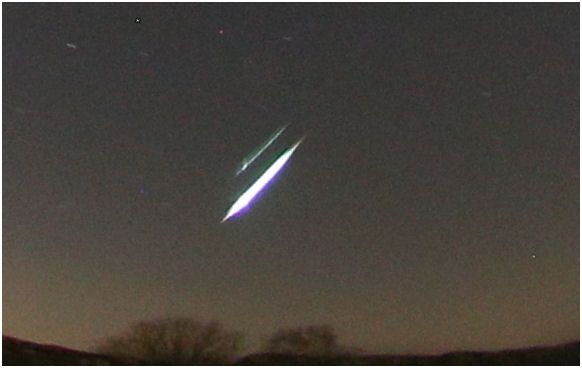
Figure 10 The fireball captured on the All-sky camera by Jos Nijland at Benningbroek.
About an hour and half after its appearance the French astronomer François Collas announced that a very bright fireball had been registered at 0h11m33s UT by 10 FRIPON cameras most of them in France: Arras, Wimereux, Lille, Noordwijk (Netherlands), Bruxelles (Belgium), Charleville, Cappellelagrande, Hochfelden, Maubeuge and Oostkapelle (Netherlands).
 |
|
| Figure 1 Fireball recorded by the FRIPON camera at Brussels, Belgium. | |
Soon next morning the first CAMS BeNeLux stations started to confirm the detections of past night. Several stations had this fireball in their data. CAMS 815 (operated by Jean-Paul Dumoulin and Christian Wanlin) had the start of the fireball (Figure 2) on two successive frames. Paul Roggemans found the end of the fireball on his CAMS 384, while it passed the edge of CAMS 383 which was totally overexposed. All 6 cameras turned white overexposed at the moment of the brightest flare (Figure 3). Bart Dessoy had the fireball on CAMS 804, and for once the otherwise annoying reflection on the window of the camera housing offers a nice thumbnail image of the fireball. The video version of CAMS 804 may confuse many readers. Whenever an overexposed detection happens, CAMS reduces the brightness which results in a weird cloud of snow running though the picture. At some instant you see the black silhouet of the fireball as negative image (Figure 5). Luc Gobin got the fireball on CAMS 807 and 808 at Mechelen (Figure 6). Jean-Marie Biets at Wilderen had the event on CAMS 380 (Figure 7) and on his all-sky camera.
The messages started to appear in the meteor news groups as well as on Facebook. Below we give an overview of the first images we collected for this fireball from CAMS and from the EN All-sky cameras. Both Koen Miskotte at Ermelo (Figure 8), Klaas Jobse at Oostkapelle (Figure 9) and Jos Nijland at Benningbroek (Figure 10) registered this fireball.
| Figure 2 The two frames with the begin of the fireball in the constellation Auriga, from CAMS 815 at Grapfontaine (OCA, Observatoire Centre des Ardennes) confirmed by Jean-Paul Dumoulin. | |
| Figure 3 On top the end of the fireball on CAMS 384 in Mechelen, bottom the overexposed image on CAMS 383 where the fireball passed through the corner of the FOV. | |
 
|
|
| Figure 4 At top the flare of the fireball on CAMS in Zoersel, at bottom the image of the end of the fireball on CAMS 804 in Zoersel (Bart Dessoy). Due to the overexposure, the reflection of the fireball on the glass of the camera housing produces a nice thumbnail image of the fireball. | |
Figure 5 The video version of CAMS 804 at Zoersel (Bart Dessoy).
Figure 6 – The start of the fireball on CAMS 807 registered by Luc Gobin in Mechelen.

Figure 7 – Fireball on CAMS 380 registered by Jean-Marie Biets in Wilderen.

Figure 8 The 2018 Feb. 24, 00h11m UT fireball from the All-sky camera of Koen Miskotte at Ermelo (Netherlands).

Figure 9 The fireball of 2018 Feb. 24 00h11m UT by the All Sky camera of Astronomy projects at Oostkapelle, by Klaas Jobse.

Figure 10 The fireball captured on the All-sky camera by Jos Nijland at Benningbroek.





